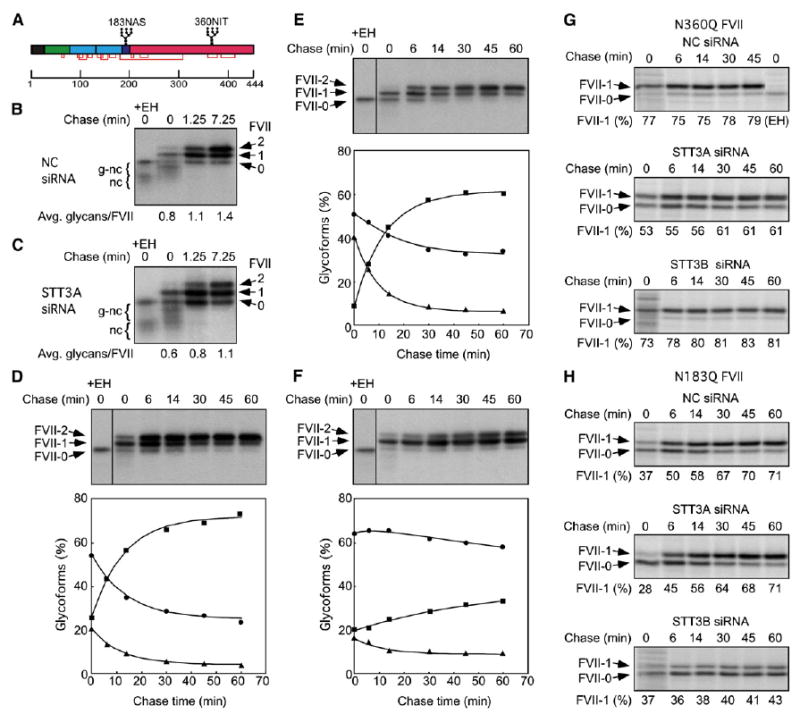Figure 5. Glycosylation of FVII in siRNA-Treated Cells.

(A) Diagram of the FVII precursor showing the signal sequence (black), the gamma-carboxyglutamate domain (green), two EGF-like domains (cyan), the activation peptide (purple) and the catalytic domain (red). Glycosylation sites and disulfide bonds are shown. Cells cotransfected with wild-type (B–F), N360Q (G), or N183Q (H) FVII plasmids and negative control (B, D, G, and H), STT3A (C, E, G, and H), or STT3B (F–H) siRNAs were pulse labeled for 45 s (B and C) or 2 min (D–H) and chased as indicated. One pulse labeled sample was digested with Endo H (EH). Full-length FVII polypeptides that contain 0, 1, or 2 N-linked oligosaccharides were resolved from glycosylated nascent chains (g-nc) and nonglycosylated and deglycosylated nascent chains (nc). (D–F) The percentages of FVII molecules that have 0 (triangles), 1 (circles) or 2 (squares) N-linked oligosaccharides are shown.
